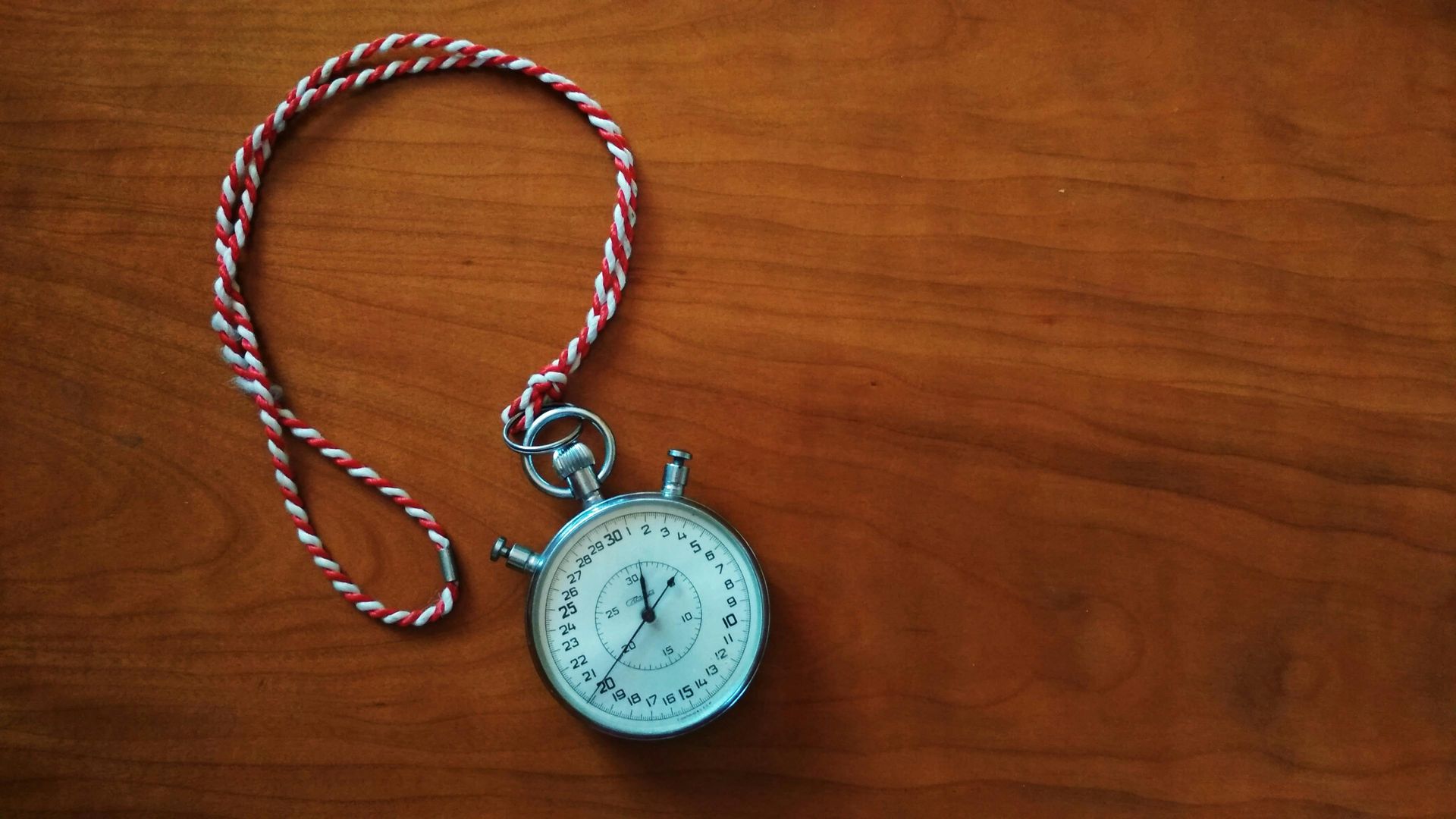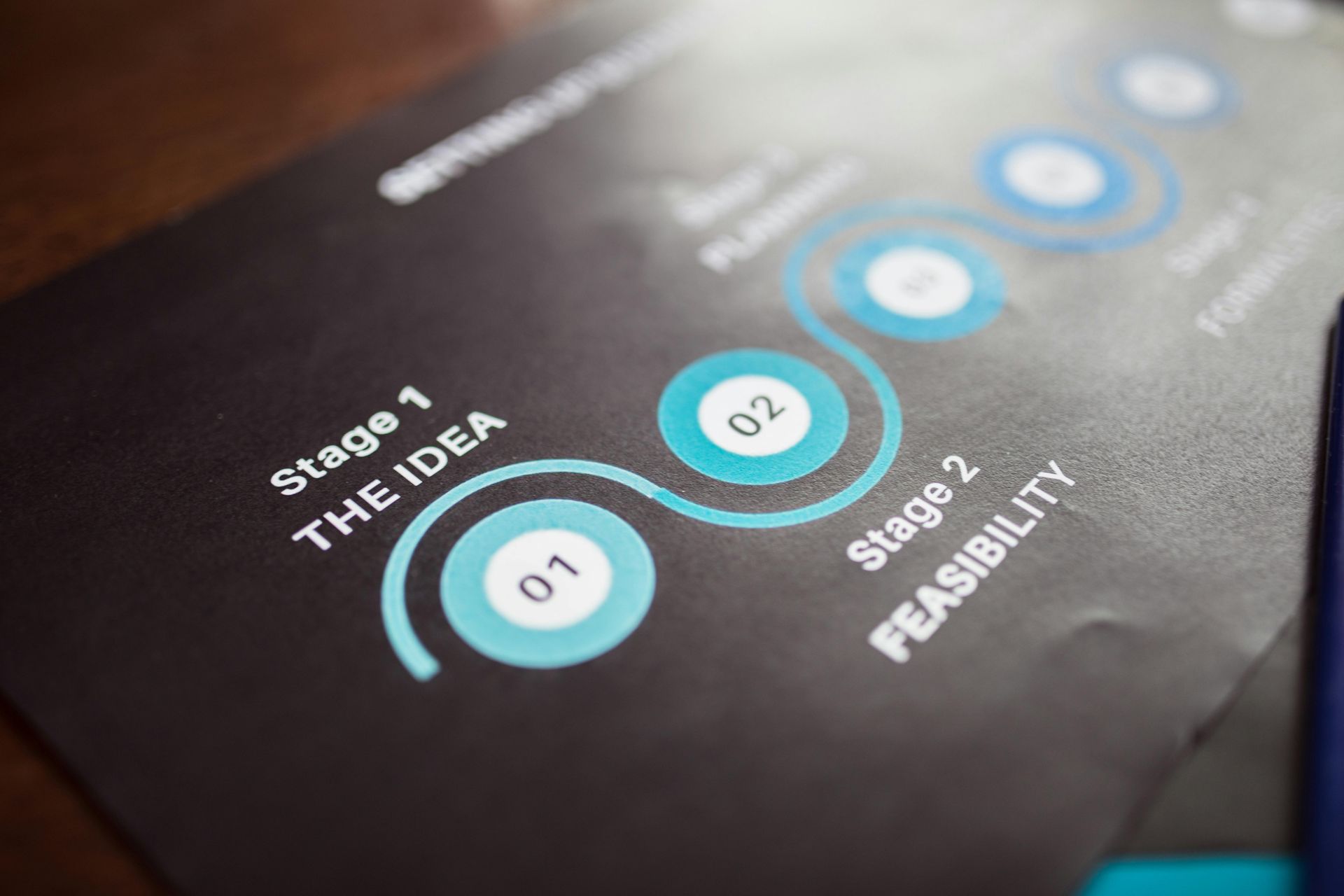How to Use Lunch-and-Learns to Create a Culture of Execution
Bite-Sized Learning That Builds Real Momentum

When deadlines are missed and progress stalls, the issue is often not a lack of effort, but a lack of structure, clarity, or shared understanding. Creating a culture of execution means making progress the norm, not the exception. That doesn’t require a massive training overhaul. It can start with something as simple and strategic as a Lunch-and-Learn.
Short-format sessions offer a low-pressure environment for teams to sharpen their skills, strengthen collaboration, and realign what really matters. When done right, these sessions can spark momentum that carries through the week, month, and quarter.
Why Lunch-and-Learns Work
Lunch-and-Learns are highly effective because they meet people where they are, literally and figuratively. They don’t interrupt a full day of work, and they allow teams to gain new insights without the need for extensive time away from their priorities. This makes them especially valuable for operational teams, who are often balancing multiple responsibilities and initiatives.
These sessions also provide:
- A space for shared learning that feels approachable and non-threatening
- An opportunity to test new ways of working without a heavy lift
- A way to build consistency around how projects are prioritized, tracked, and communicated
Keys to Making It Stick
Not all Lunch-and-Learns are created equal. If you want your sessions to drive execution, they should be more than just presentations, they should equip teams with practical, repeatable ways to work smarter. Here are a few ways to ensure your session makes an impact:
1. Pick a Real Issue to Solve
Start with something your team is already struggling with, like missed deadlines, unclear updates, or stalled handoffs. This ensures the session feels relevant and useful from the start.
2. Make It Immediately Actionable
Skip the theory and focus on what people can do differently by tomorrow. For example, show a template for structuring a project update or walk through a short checklist for clarifying task ownership.
3. Involve the Group
Include an interactive activity, even something as simple as reflecting on what’s working and what’s not. This helps participants connect the content to their day-to-day work and feel like they’re part of the solution.
4. Follow Up with Purpose
The best Lunch-and-Learns don’t end when the session is over. Share the materials, ask for feedback, and schedule a follow-up sync to reinforce the learning and see what’s sticking.
The Bigger Opportunity
When you treat Lunch-and-Learns as strategic touchpoints rather than one-off events, they can become a core part of your culture. They give leaders a structured way to support execution without overwhelming the team. Over time, they can build habits that lead to better planning, clearer communication, and faster progress.
If your organization is trying to improve how work gets done, start with one focused session. Choose a topic that removes friction or boosts clarity and invite your team to bring their ideas. The key is consistency, small, focused improvements over time create lasting change.
Conclusion
You don’t need a complex solution to start building a culture of execution. Short-format sessions like Lunch-and-Learns offer a powerful way to help teams improve how they prioritize, plan, and deliver results, without disrupting the day.
At The Soomitz Group, our practical workshops focus on project management techniques that operational teams can use to deliver on their critical initiatives. Contact us today to learn how we can help your team turn bite-sized learning into big results.










